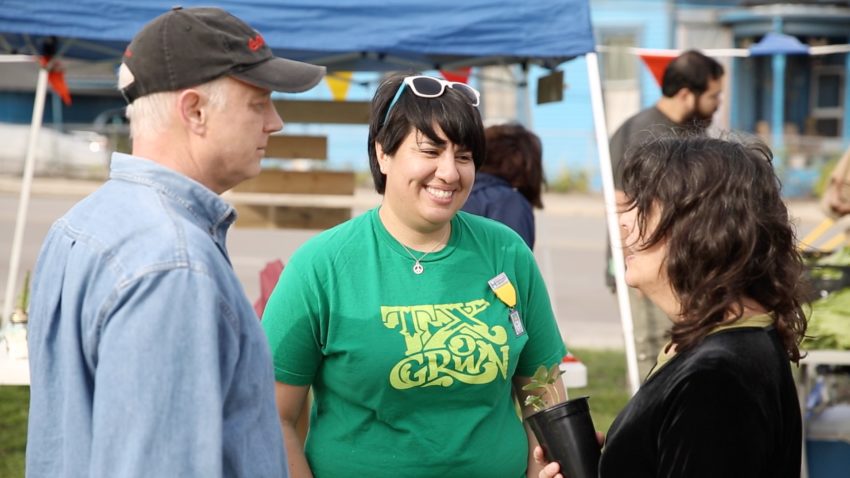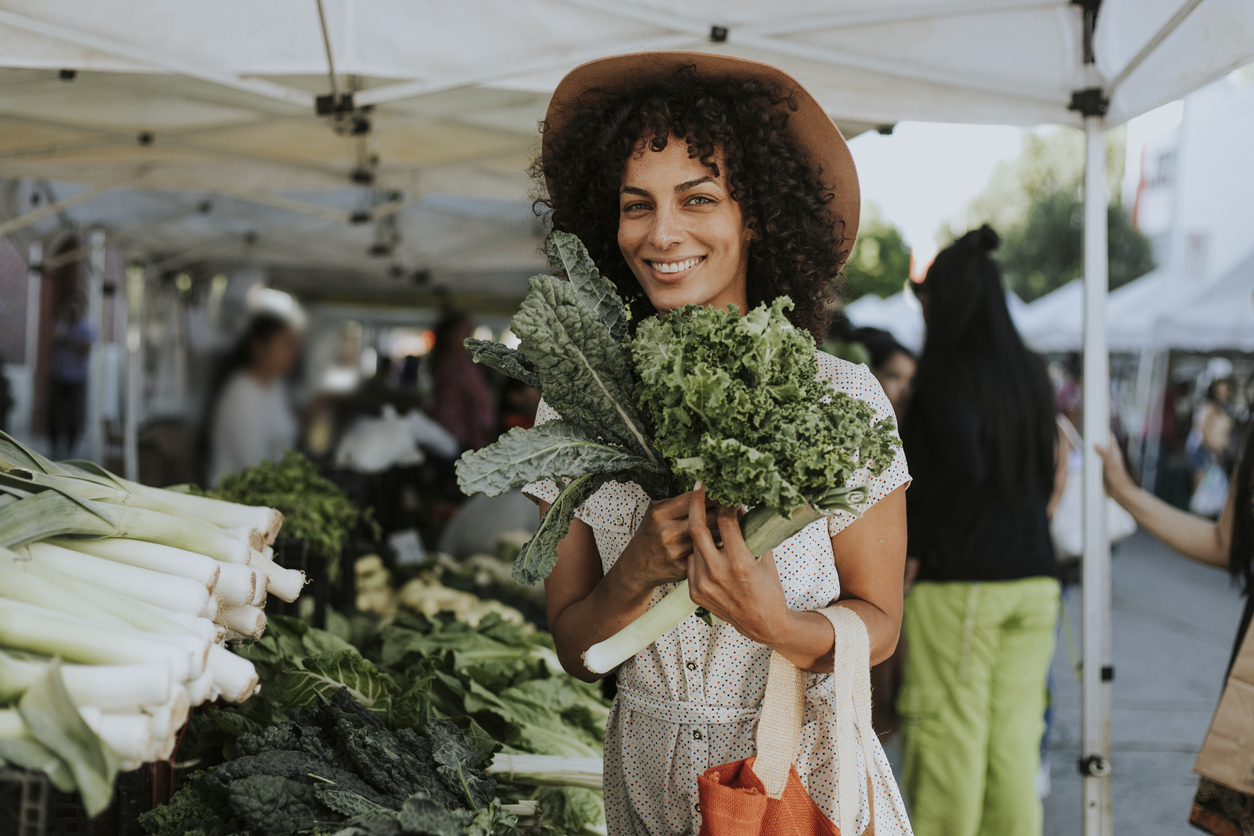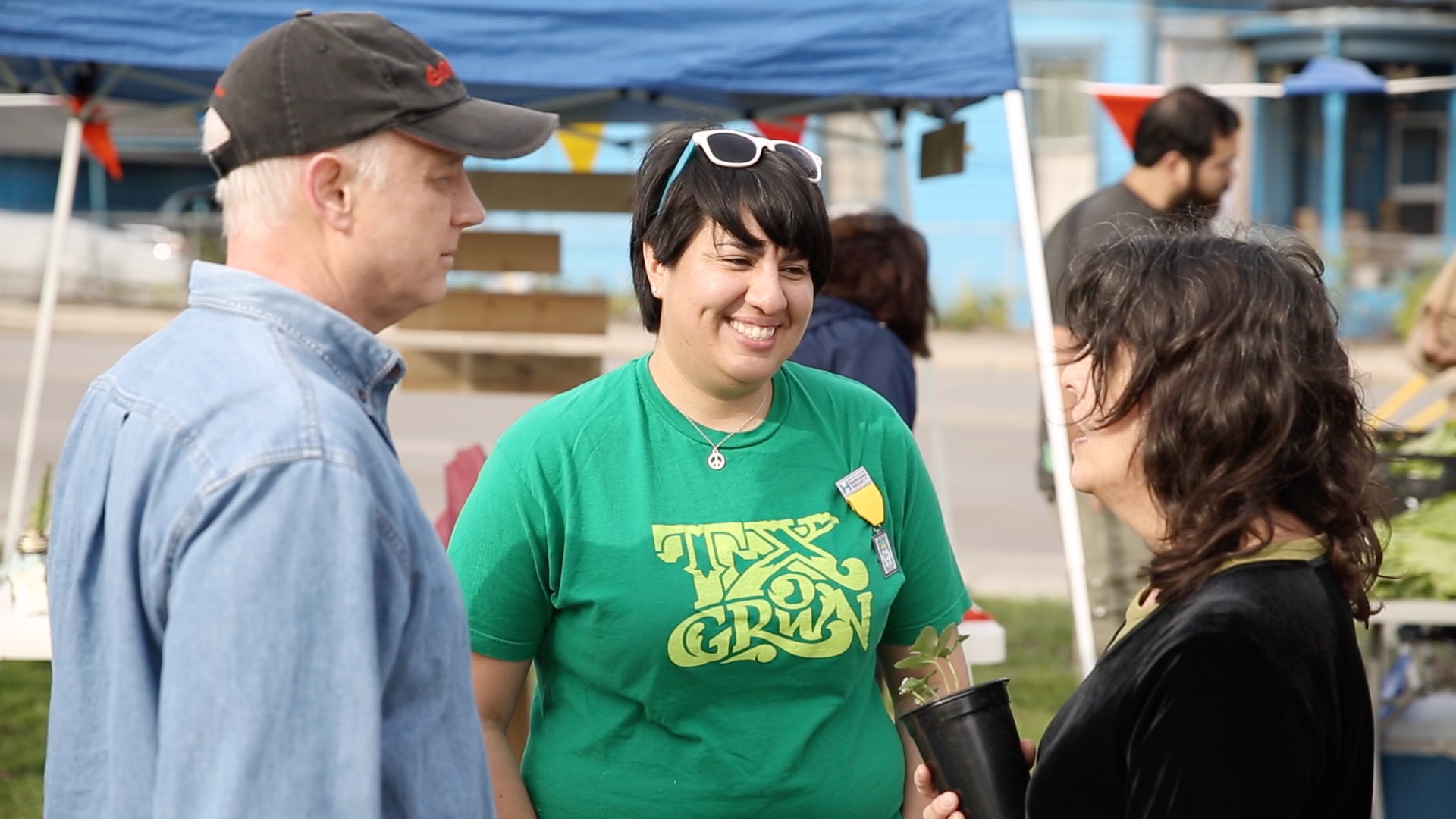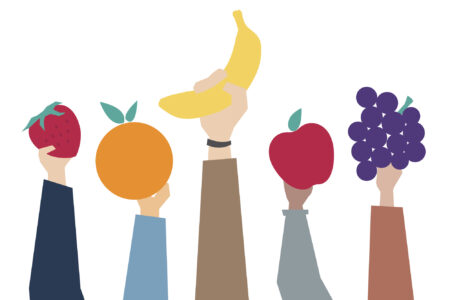
Share On Social!
Does your town have a farmers market?
Farmers markets are a path to healthy food access. They are especially important amid the push for nutrition security.
Fortunately, the Farmers Market Coalition is stepping up to support farmers markets.
They’re supporting markets and sharing how markets increase access to healthy, fresh produce and social connections, and engage farmers in the local economy.
“As hubs for connection and community resilience, farmers markets have particularly risen to the occasion this year by providing a necessary sense of unity and stability during a time of great uncertainty,” according to the coalition. “Farmers markets don’t just happen. The hard work of farmers market operators should be recognized.”
For National Farmers Market Week (#FarmersMarketWeek) on Aug. 4-10, 2024, we at Salud America! at UT Health San Antonio are showcasing the value of farmers markets for Latinos and all people!
How Do Farmers Markets Impact Healthy Food Access for Latinos?
Latinos frequently live in food swamps.
In these areas, Latinos have no easy access to supermarkets and farmers markets. But they have more access to fast food and corner stores. This leads to overconsuming unhealthy foods, according to a Salud America! research review.
 The number of U.S. farmers markets has more than doubled from 2000 to 2019, according to a USDA database.
The number of U.S. farmers markets has more than doubled from 2000 to 2019, according to a USDA database.
Although a decline occurred during the COVID-19 pandemic, the USDA’s “local food directory” now reflects 6,969 farmers markets, 1,705 on-farm markets, and 230 food hubs, as of August 2023.
Still, many of these markets are not accessible to Latinos.
In fact, a San Diego State University report indicates that 44% of the city’s farmers markets are in census tracts with high levels of gentrification.
This misses a big opportunity to improve Latino health.
Latinos are willing to support farmers’ markets introduced into their neighborhoods. For example, the presence of a farmer’s market was linked to greater consumption of fruits and vegetables among immigrant women in New York City.
“Farmers markets foster direct relationships between community members and farmers … to create a more fair and sustainable food system,” according to the coalition. “Farmers markets are a hub for connection and collective action around shared values.”
How Can We Make Farmers Markets Better?
Farmers markets that enable greater purchasing power for fruits and vegetables also can increase spending on fresh produce.
 In 2021, low-income families redeemed over $100 million in SNAP and federal nutrition benefits at farmers markets or farms. 572,769 SNAP households made at least one purchase at a farmers market or directly from a farmer, according to the coalition.
In 2021, low-income families redeemed over $100 million in SNAP and federal nutrition benefits at farmers markets or farms. 572,769 SNAP households made at least one purchase at a farmers market or directly from a farmer, according to the coalition.
Also, 60% of farmers market customers in low-income neighborhoods say their farmers market had better prices than their grocery store.
Kaely Summers is squeezing even more benefits from farmers markets.
Summers is the manager of Adelante Mujeres’ Forest Grove Farmers Market in Oregon. But Summers saw that kids get a little bored when they came to the market with their parents.
So Summers and other market leaders teamed up to create the bilingual Market Sprouts Kid Club. The club uses fun activities to teach Latino kids and all kids about farming, fresh produce and healthy eating at the market.
“For [kids] to get engaged in eating healthier, we wanted to make sure that everything we were doing is fun,” Summers said.
How Can You Take Action?
Check this awesome database to see if there’s a farmers market near you.
Yes? Visit and share your experience on social media with #FarmersMarketWeek and #LoveMyMarket.
No? Think about starting one in your own neighborhood.
You can be like San Antonio teacher Michelle Griego.

“A big part of the farmers’ market is educating people who come out to our market,” Griego said, which is why securing demonstrations is important.
We also urge you to get involved for the health of your community!
No matter what topic you are interested in, be sure to download the Salud America! The Report Card. The Report Card auto-generates local data with interactive maps and gauges. These can help you visualize differences in local healthy food access compared to your state and nation.
You can email your Report Card, share it on social media, and use it to make the case for community change to boost health improvement. This is where everyone has a fair, just opportunity to live their healthiest.
By The Numbers
1
Supermarket
for every Latino neighborhood, compared to 3 for every non-Latino neighborhood



